
The Goddess of Democracy, also known as the Goddess of Democracy and Freedom, the Spirit of Democracy, and the Goddess of Liberty, was a 10-metre-tall (33 ft) statue created during the 1989 Tiananmen Square protests. The statue was constructed over four days out of foam and papier-mâché over a metal armature and was unveiled and erected on Tiananmen Square on May 30, 1989. The constructors decided to make the statue as large as possible to try to dissuade the government from dismantling it: the government would either have to destroy the statue—an action which would potentially fuel further criticism of its policies—or leave it standing. Nevertheless, the statue was destroyed on June 4, 1989, by soldiers clearing the protesters from Tiananmen square. Since its destruction, numerous replicas and memorials have been erected around the world, including in Hong Kong, San Francisco, Washington, D.C., and Vancouver.

Ma Lik, GBS, JP, was a Legislative Councillor, and was the Chairman of the Democratic Alliance for Betterment of Hong Kong (DAB), a pro-Beijing political party in Hong Kong.
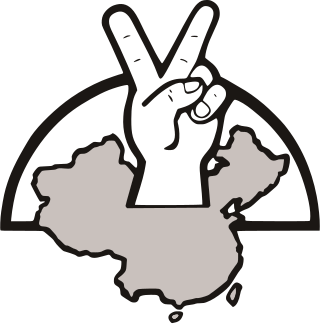
The Hong Kong Alliance in Support of Patriotic Democratic Movements of China was a pro-democracy organisation that was established on 21 May 1989 in the then British colony of Hong Kong during the 1989 Tiananmen Square protests and massacre in Beijing. After the 4 June massacre, the organisation main goals were the rehabilitation of the democracy movement and the accountability for the massacre. The main activities the organisation held were the annual memorials and commemorations, of which the candlelight vigil in Victoria Park was the most attended, reported and discussed event each year. Due to its stance, the Central government in Beijing considers the organisation subversive.

Pillar of Shame is a series of sculptures by Danish artist Jens Galschiøt memorialising the loss of life during specific events or caused by specific circumstances in history. Each sculpture is an eight metres (26 ft) tall statue of bronze, copper or concrete.

The 20th anniversary of the 1989 Tiananmen Square protests and massacre (20周年六四遊行) was a series of rallies that took place in late May to early June 2009 to commemorate the 20th anniversary of the 1989 Tiananmen Square protests and massacre, during which the Chinese government sent troops to suppress the pro-democracy movement. While the anniversary is remembered around the world; the event is heavily censored on Chinese soil, particularly in Mainland China. Events which mark it only take place in Hong Kong, and in Macao to a much lesser extent.
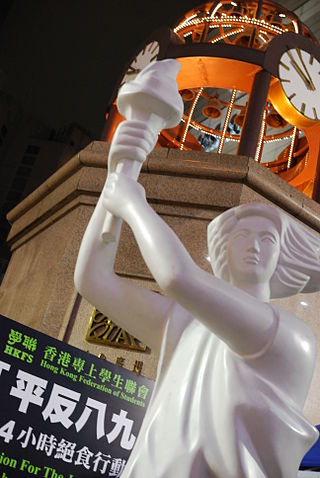
In the days following the end of the 1989 Tiananmen Square protests and massacre, several memorials and vigils were held around the world for those who were killed in the demonstrations. Since then, annual memorials have been held in places outside of Mainland China, most notably in Hong Kong, Taiwan and the United States.

Hong Kong's Goddess of Democracy is a 6.4-metre faux bronze statue sculpted by Chen Weiming, inspired by the original 10-metre tall Goddess of Democracy. The original foam and papier-mâché statue was erected by the Chinese pro-democracy movement in Tiananmen Square at the end of May 1989, and destroyed by soldiers clearing the protesters from Tiananmen square on June 4, 1989.
The 10th anniversary of the 1989 Tiananmen Square protests and massacre (10周年六四遊行) was a series of rallies – street marches, parades, and candlelight vigils – that took place in late May to early June 1999 to commemorate the 10th anniversary of 4 June 1989 Tiananmen Square protests and massacre. The anniversary of the event, during which the Chinese government sent troops to suppress pro-democracy movement and many people are thought to have perished, is remembered around the world in public open spaces and in front of many Chinese embassies in Western countries. On Chinese soil, any mention of the event is completely taboo in Mainland China; events which mark it only take place in Hong Kong, and in Macao to a much lesser extent.
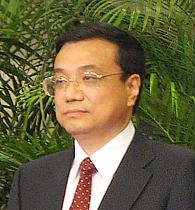
The Hong Kong 818 incident was a case of alleged civil rights violations that occurred on 18 August 2011 at the University of Hong Kong during a visit by Li Keqiang, the then-Vice Premier of the People's Republic of China. His arrival at the school led to a lock-down and complete takeover of the school by the Hong Kong Police force. Controversy arose as a result of claims by the media and students that their rights had been violated.

Örkesh Dölet is a political commentator known for his leading role during the Tiananmen protests of 1989.
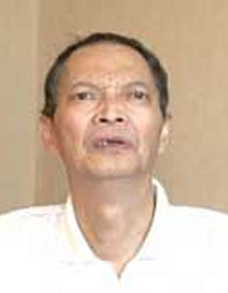
Li Wangyang was a Chinese dissident labor rights activist, member of the Workers Autonomous Federation and chairman of the Shaoyang WAF branch. Following his role in the Tiananmen Square protests of 1989, he served twenty-one years in prison on charges of counterrevolutionary propaganda, incitement, and subversion. Of all Chinese pro-democracy activists from 1989, Li spent the longest time in prison. On 6 June 2012, one year after his release from prison, and a few days after a television interview in which he continued to call for vindication of the Tiananmen Square protests, Li was found hanged in a hospital room. Shaoyang city authorities initially claimed suicide was the cause of death, but it was revised to 'accidental death' after the autopsy.
The 24th anniversary of Tiananmen Square protests of 1989 took place in China and internationally around 4 June 2013. The protests commemorated victims of the Chinese Communist Party crackdown on the Tiananmen Square protests of 1989. Activities included the state of alert within mainland China, and the traditional marches and candlelight vigils that took place in Hong Kong and Macau on 4 June 2013 which have taken place every year prior to that since 1990. The two former colonies are the only places on Chinese soil where the 1989 crushing of China's pro-democracy movement can be commemorated.
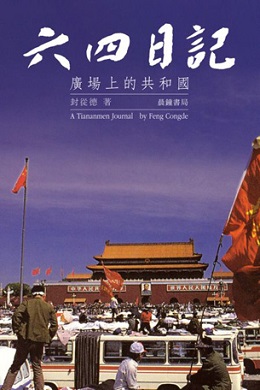
A Tiananmen Journal: Republic on the Square by Feng Congde (封从德) was first published in May 2009 in Hong Kong. This book records the 1989 Tiananmen Square protests and massacre from April 15, 1989, to June 4, 1989, in detail. Author Feng Congde is one of the student leader in the protest and his day-by- day diary entries, record every activity during the protest including the start of student protests in Peking University, the activities of major student leaders, important events, and unexposed stories about student organizations and their complex decision making.

The June 4th Museum, organised by the Hong Kong Alliance in Support of Patriotic Democratic Movements in China, is a museum commemorating the 1989 Tiananmen Square protests and massacre that occurred in Beijing, China.

The Concert for Democracy in China (Chinese: 民主歌聲獻中華) was a benefit concert held in Hong Kong in support of the students involved in the 1989 Tiananmen Square protests. The concert was held on May 27, 1989, at the Happy Valley Racecourse on Hong Kong Island. The event lasted for 12 hours and raised over HK$12,000,000 for the students in Beijing.
The 1989 Tiananmen Square protests and massacre, commonly known in mainland China as the June Fourth Incident, were student-led demonstrations in Beijing in 1989. More broadly, it refers to the popular national movement inspired by the Beijing protests during that period, sometimes called the '89 Democracy Movement. The protests were forcibly suppressed after Chinese Premier Li Peng declared martial law. In what became known in the West as the Tiananmen Square Massacre, troops with assault rifles and tanks fired at the demonstrators trying to block the military's advance towards Tiananmen Square. The number of civilian deaths was internally estimated by the Chinese government to be near or above 10,000.
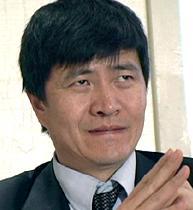
Zhou Fengsuo is a Chinese human rights activist, investor, and former student leader during the Tiananmen Square protests of 1989. He was listed number 5 on the government's most wanted and forced into exile in the United States over his role in the student movement. Zhou attained his MBA degree from University of Chicago Booth School of Business and had been working in the finance industry in recent years. He is currently the president of Humanitarian China and Co-founder of the China Human Rights Accountability Center.
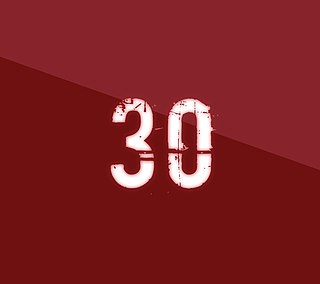
The 30th anniversary of Tiananmen Square protests of 1989 was principally events that occurred in China and elsewhere on 4 June 2019 - to commemorate the Chinese Communist Party's crackdown on the Tiananmen Square protests of 1989 in which hundreds of people were killed.
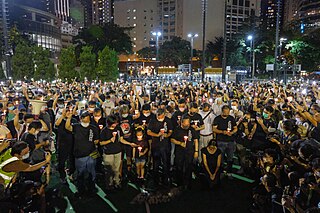
The 31st anniversary of Tiananmen Square protests of 1989 was principally events that occurred in China and elsewhere on and leading up to 4 June 2020 – to commemorate the 1989 Tiananmen Square protests and massacre, in which thousands of people are widely believed to have been killed.

The 32nd anniversary of the 1989 Tiananmen Square protests featured events in China and elsewhere on, and leading up to, 4 June 2021 – to commemorate the 1989 Tiananmen Square protests and massacre, in which the government of China ordered the army to fire on protestors, killing hundreds, if not thousands, of people.




















